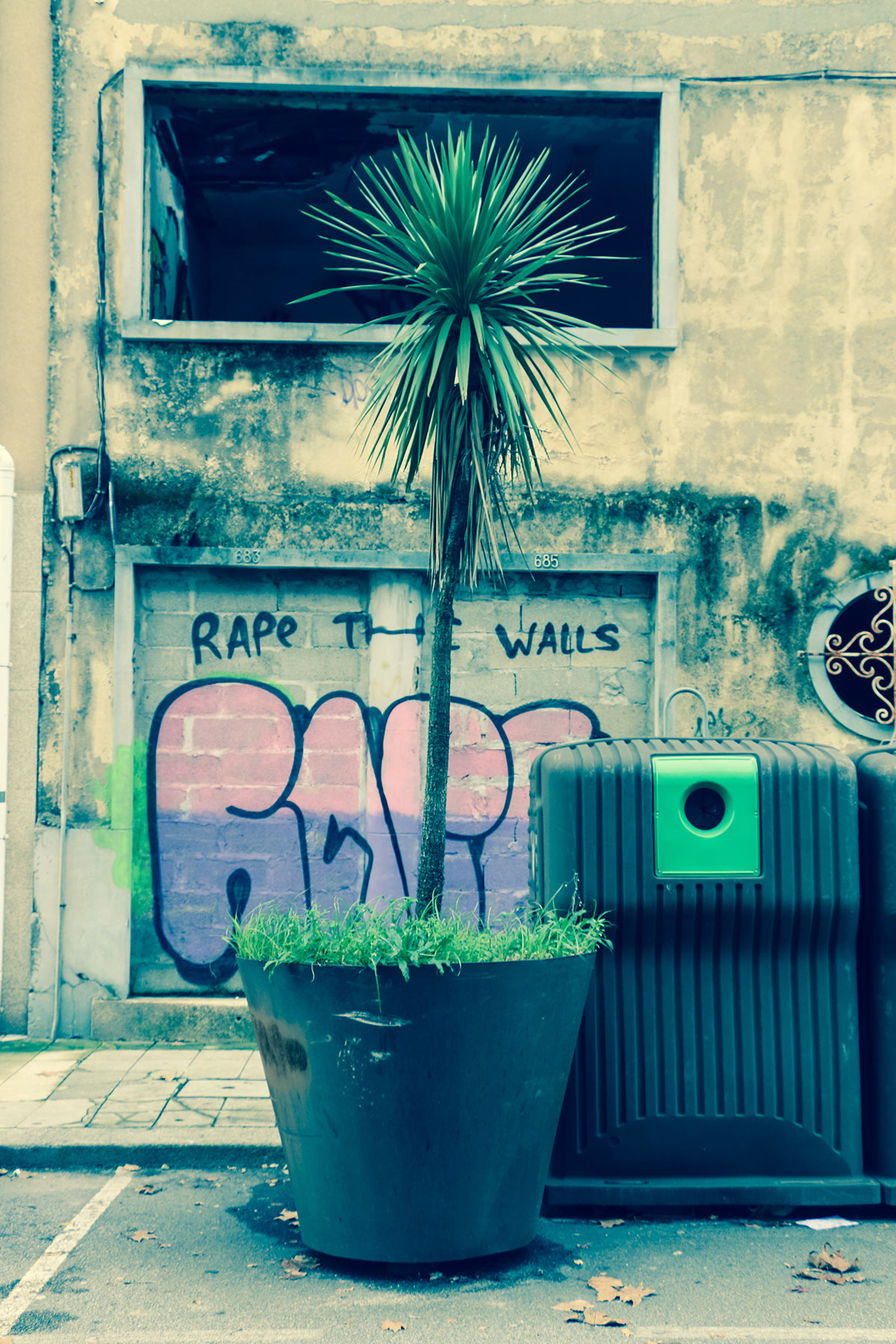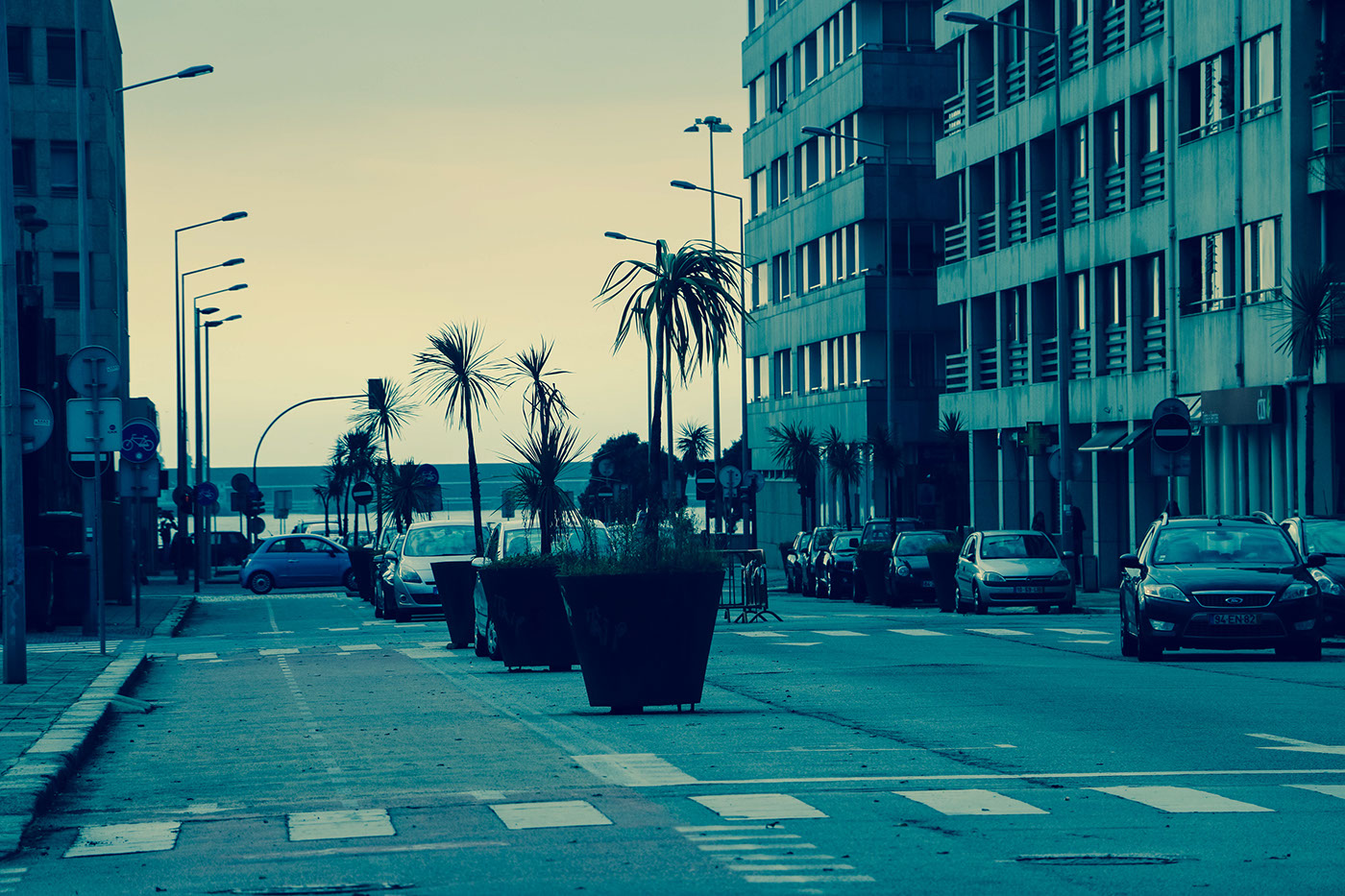






Portugal marked, together with Greece and Ireland, the start of the European debt crisis in 2010. Youth unemployment rose to 37.7% in 2012, there was more poverty and substantial cuts in old age pensions. Public debt is still skyrocketing, despite signs that the economy is recovering. If Greece is leaving the Eurozone, this could lead to more economic problems in Portugal, and could be forced to leave as well. When I was living in Porto I noticed the crisis a lot more as I had in the Netherlands. Three things caught my attention the most, namely the poverty in the city itself, the shift of shops from the city centre to huge malls and the costs of non-essential food versus essential food.
essentials
I first noticed the non-essential food versus the essential food prices. When I went shopping for my dinner I bought a lot of vegetables, bread and dairy produce. Every time, the amount I had to pay was extremely low, especially in comparison with the Netherlands. After a while I wanted to eat some different things, as I do in the Netherlands. For instance, curry, or wraps. This was unbelievable expensive, wraps were about 200% more expensive as in the Netherlands, and frozen pizzas as well. I learned that the sales tax on essential foods was really low, and when buying non essential foods you payed the full price. This changed my view of what I normally would eat daily — there are a lot of products I eat at home that actually were treated as ‘luxury food’ in Portugal. In restaurants this was noticeable as well, as long as you bought a meal that consisted of traditional foods produced in Portugal it was amazingly cheap. When you would eat something more ‘exotic’ there was an enormous shift in the price.
urban transformation
Another element of the crisis that was noticeable and interesting was how the city centre of Porto had huge amount of abandoned buildings. Formerly, there were a lot of shops in the city centre, ranging from clothing shops to grocery stores and drug stores. Because of the crisis, people started working longer and longer days. A normal working day in Porto could start at 8 until half past 7. People could not go shopping after their work anymore, the shops in centre were almost closed at that time. This created an influx of huge shopping malls, with bigger grocery store chains open until 11 o’clock at least. These shopping malls were convenient for the shoppers, everything is located together and fully covered by a roof. Shops in the centre got almost no business and closed their shop. At the same time, before the crisis, people preferred to live close to the sea, so in the city centre the prices of the houses went down real fast. Poverty is prevalent in the centre, opposed to other cities where less affluent people live in the outskirts.
lost palmas
Matosinhos is a sea side town, close to Porto, partially having income from the fishing and export industry. Tourism was another source of income. With both markets crumbling, the town became more and more deserted. The city felt eerie, its glory remained in the past, underlined by bad roads and graffiti. Walking around the town I found what I thought that depicted the crisis the most: huge potted palmtrees, almost all dead and surrounded by graffiti. The juxtaposition of investing in decoration and the neglect of this symbol made very interesting images. It is weird to see how different a country presents itself if you reside in it longer. I did not notice the impact of the crisis from the start. As a tourist visiting Porto and Matosinhos you walk along buildings you think are used but actually are only the façade still standing. For me it is fascinating to see how the crisis also affects urban planning and movement. It’s not only the desertion and decay of the buildings, it is also about seeing what happens to the peoples environment as they adapt.





